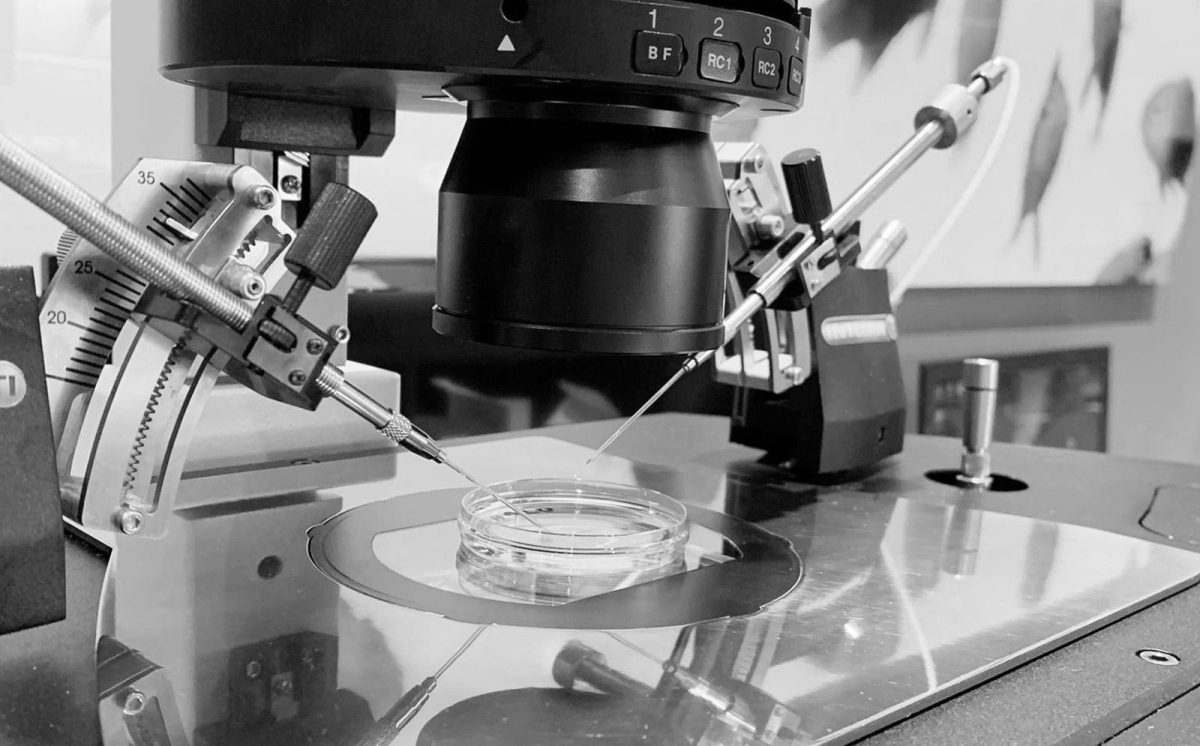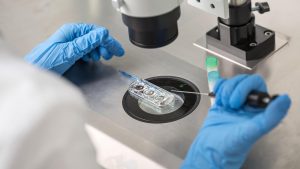Abnormal fertilisation sometimes occurs in embryos and can be identified by the embryologist by observing the number of pronuclei visible during the fertilisation checks. Your fertilised egg should clearly show two sets of genetic information in the form of pronuclei, one from the egg and one from the sperm.
If the embryologist can only see one pronuclei in the embryo, it’s an indication that the egg has activated but the sperm that entered the egg has not. These embryos have no potential for life and are immediately discarded. Embryos that clearly show more than two pronuclei are also considered abnormal and can occur when more than one sperm penetrates the egg, or during ICSI when there is an abnormal cell division in the egg.

Unfortunately, there is no test for egg quality, the only way we can see if your eggs are normal is by trying to fertilise them. As we know that DNA damage is directly related to egg quality, we also know that the difference in quality between a 25 year old’s eggs and a 40 year old woman’s eggs, is simply a matter of statistical likelihood of the eggs being normal.
There are ways to help reduce DNA fragmentation when it comes to female fertility, most of these ways are able to be accomplished at home without medical interventions or fertility treatments, however, these are merely ways to help increase your chances of falling pregnant, not necessarily a guarantee.
When trying to boost female fertility, simple lifestyle changes such diet, stopping smoking, limiting alcohol and ensuring that you’re not exposing yourself to toxins that can contribute to increased levels of oxidative stress can make a huge difference. Visit our guide the 6 Foods to Help Boost Female Fertility.







